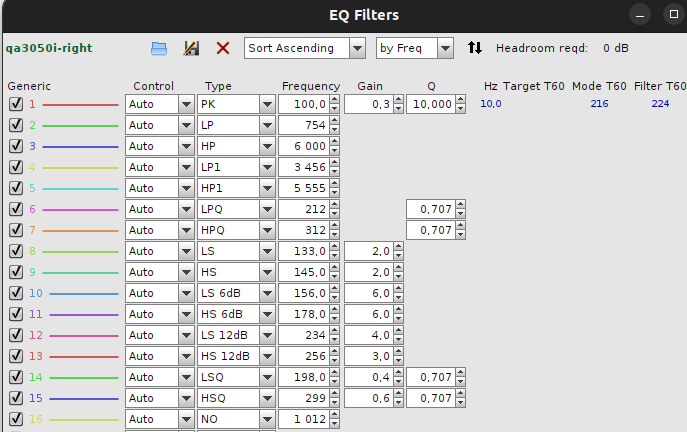@NewbieAudiophileExpert
Install
SoundSource (US$41 for license) for MacOS.
You need at least SoundSource v5.3 to do this (current version is v5.5.4, so you're set):
Once you install it, create an EAPO profile in a text file and save it to desktop (or wherever).
Example:
Once you've created your custom profile, you can load it in SoundSource by selecting "Add Other Profile"… from within Headphone EQ. Once you do, it will be included in your Saved Profiles section. If you wish to remove it, use the Manage Saved Profiles… option.


